Bambusa tulda
Bambusa tulda, commonly known as Bengal Bamboo or Indian Timber Bamboo, is a fast growing medium-sized tropical clumping bamboo native to the Indian subcontinent, Indochina, Tibet, and Yunnan.
It is considered to be one of the most valuable multipurpose bamboo species, which usually grows up to a height of 20 m with culm diameters between 5-10 cm. In India it is used extensively by the paper pulp industry, but due to its nearly solid culms it is also an excellent and strong timber that can be used in construction and scaffolding.
| Plant Info | |
|---|---|
| Scientific Name | Bambusa tulda |
| Synonyms | Dendrocalamus tulda, Bambusa macala, Bambusa trigyna |
| Common Names | Bengal Bamboo, Indian Timber Bamboo, Spineless Indian Bamboo |
| Family | Poaceae |
| Tribe | Bambuseae |
| Genus | Bambusa |
| Height | 6-20 m |
| Diameter | 5-10 cm |
| Growth Habit | Dense Clumping |
| Color | Light green or greyish white when young. |
| Internodes | 40-60 cm |
| Wall thickness | 10-20 mm. Occasionally solid near the base. |
| Branches | Several or many clustered branches with 1-3 larger branches. |
| Leaves | 7-17 cm long, 7-12 mm wide. |
| Climate | Tropical - Subtropical |
| Exposure | Full Sun - Partial Sun |
| Hardiness | -1°C |
| Soil | Loamy and alluvial soils, fertile and well drained. |
| Water Needs | Average. |
| Planting Distance | • Every 3 m for screening. • 5 x 5 m for culm production. |
| Edibility | (3 of 5) |
| Flowering Cycle | 15-60 years |
| Origin | Bangladesh, Bhutan, China, India, Laos, Myanmar, Nepal, Thailand, Vietnam. |
| Uses | Construction, Scaffolding, Furniture, Basketry, Mats, Household Utensils, Handicrafts, Paper Pulp, Wind Break |
-
Bambusa tulda has short pachymorph rhizomes which means that it grows in densely tufted clumps.
-
The slightly drooping culms of Bambusa tulda are usually between 6-20 m tall with an average diameter of 5-10 cm. The culms have 36-60 cm long internodes which are very thick walled (1-2.5 cm at breast height and nearly solid at the base).
Young culms are covered with white blooms which gives them a dull green color. Mature culms have a mid-green or greyish green color and sometimes present 2 or 3 faint yellow stripes at the internodes near the base.
The nodes of this bamboo are slightly swollen, with bands of white silky hairs above and below the sheath scar. Basal nodes have short aerial roots.
-
The triangular culm sheaths of Bambusa tulda are on average 15 cm long by 25 cm wide, with a conical blade of around 5–10 cm length. Culm sheaths are straw-colored and covered with appressed blackish-brown hairs on the upper surface. The sheaths fall off early.
-
The young shoots are yellowish green in color with a powdery top. Shoots are slightly bitter and are suited to be pickled prior to being eaten.
-
Bambusa tulda develops many clustered branches per node, usually with 3 larger dominant branches. The lower parts of the culm (ca. from the 4th node up) are characterized by very predominant side-branches.
-
The lance-shaped leaves of Bambusa tulda are 15-25 cm long by 2-4 cm wide. The midrib of the leaf-blade is visible and has 12-20 secondary veins.
-
Shoots start to grow at the beginning of rainy season and it takes them approximately 1 month to emerge above the ground. Bambusa tulda is a fast growing bamboo as the shoots can grow up to 70 cm per day. Culms complete their growth within 2-3 months after they emerge as shoots.
-
Bambusa tulda is a tropical lowland bamboo. In its natural range it commonly occurs as an undergrowth in mixed deciduous forest, in moist alluvial flat land, valleys, and along streams or river banks up to an altitude of 1500 m. In moist areas, it often grows together with Schizostachyum pergracile, in drier parts with Dendrocalamus strictus.
Bambusa tulda grows best in moist areas with a mean annual rainfall between 1,200 - 2,500 mm (tolerates 700 - 4,500 mm) and with average daytime temperatures between 22°C to 28°C (tolerates 4°C to 37°C). It prefers semi-shade areas but also succeeds in full sun. Soils should be loamy, fertile and well drained with high reserves of organic matter, nitrogen, calcium, potassium and phosphorus. Optimal pH is in the range of 5 - 6.
-
Bambusa tulda normally flowers gregariously for a period of 2 years in a cycle of 15-60 years, and produces viable seed. However, it also often flowers sporadically or in small groups, without an obvious cycle.
-
Bambusa tulda can be propagated by seed, rhizome cuttings, culm cuttings and by tissue culture. Under normal conditions, seed remains viable for only 1 month. When stored dry (in a desiccator over silica gel) viability can be extended up to 1.5 years.
The germination rate of Bambusa tulda seeds is usually around 70% and takes place fairly quickly as long as the seeds are of good quality, though it can take 3 - 6 months. In countries where seeds occur, young seedlings with 2-4 leaves are usually collected from the forest floor and grown in a nursery until they are large enough to plant out.
Propagation by rhizome cuttings with direct planting in the field is a very successful propagation method (survival more than 90%). Rhizome parts should be taken at the beginning of the rainy season from 1-2 year old culms and planted in pits of 60 cm3 at a spacing of 8 m × 8 m.
Propagation by culm cuttings gives varying result. The best chance to success is to cut 1-2 year old culms bearing 3-4 nodes with viable buds. Plant the 1.5 to 3 m long sections horizontally in sandy soil at 5-10 cm depth. It takes about 9 months to obtain rooted plants from culm cuttings.
Branch cuttings can also be successful, but air and ground layering are not.
Dividing seedlings is another good propagation method. Take divisions from 9-month-old seedlings with at least three culms per clump, each bearing roots and rhizomes. The secret is to cause as little root disturbance as possible. Plant the divisions in a fertile well-drained substrate and grow them under shade while regularly applying mist to the foliage. Once a good root system has been developed (which can take a year or more), the plants can be planted at their permanent location.
-
Bambusa tulda is slightly to moderately susceptible to bamboo blight (Sarocladium oryzae) which attacks young bamboos during, or soon after elongation growth, usually followed by secondary insect infestation which increases the damage. Drenching the soil of affected clumps with a fungicide (e.g. dithane M45) before the rains start improves the survival rates of new culms.
-
Harvesting mature Bambusa tulda culms may start 5-7 years after planting. Normally 3-4 year old culms are harvested, retaining at least 3-6 evenly spaced culms per clump. A 4 year felling cycle is often adopted.
After harvesting, the culms are traditionally submerged in running water for 10-20 days to improve its resistance against powder-post beetles. The culms are then air dried for 1.5 - 3.5 months.
-
The annual yield of dry mature culms is about 3 tons per hectare.
-
Bambusa tulda is one of the most useful Bambusa species because of its near solid culms and very strong timber. In India and Bangladesh it is a major commercially exploited bamboo.
As a raw material, Bambusa tulda is extensively used by the Indian paper pulping industry. It is suitable for the manufacture of wrapping, writing and printing paper.
The culms are also used for reinforcing concrete, scaffolding, as a structural timber in construction, furniture, basketry, mats, household utensils, fishing rods, handicrafts, and bamboo lacquer ware. In Arunachal Pradesh, the species is used for Bansuri flute making, locally called "Eloo”. During the Dree festival priests belief that the sound will keep the evil spirits away.
The shoots of Bambusa tulda are edible, but taste slightly bitter and are therefore often pickled. Fermented shoots are rich in phytosterols and can be used for the production of sterol drugs to lower cholesterol levels.
In agroforestry, Bambusa tulda is often planted as a wind-break around farms and fields.
-
Density 722 kg/m3 at a moisture content of 12% (air dry).
Fiber stress at elastic limit 26.2 N/mm2 (green) - 38.1 N/mm2 (air-dry).
Modulus of rupture 51.1 N/mm2 (green) - 66.7 N/mm2 (air-dry).
Modulus of elasticity 10.0 N/mm2 (green) - 12.3 N/mm2 (air-dry).
Compression strength parallel to grain 40.7 N/mm2 (green) - 68 N/mm2 (air-dry).
-
Native to:
Bangladesh, Bhutan, China, India, Laos, Myanmar, Nepal, Thailand, Vietnam
Introduced into:
Australia, Brazil, Colombia, Ecuador, Indonesia, Iraq, Philippines, Puerto Rico, USA









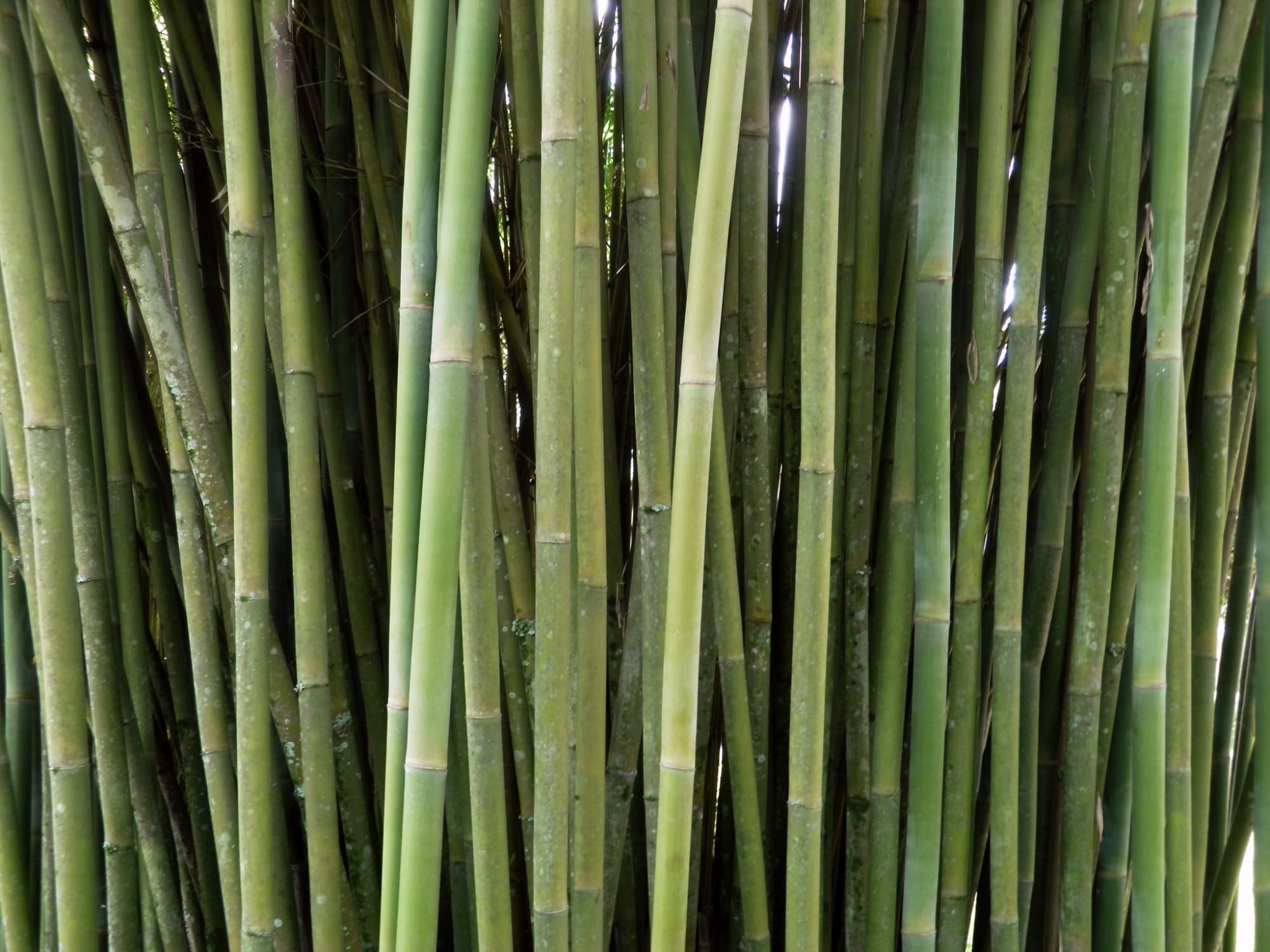
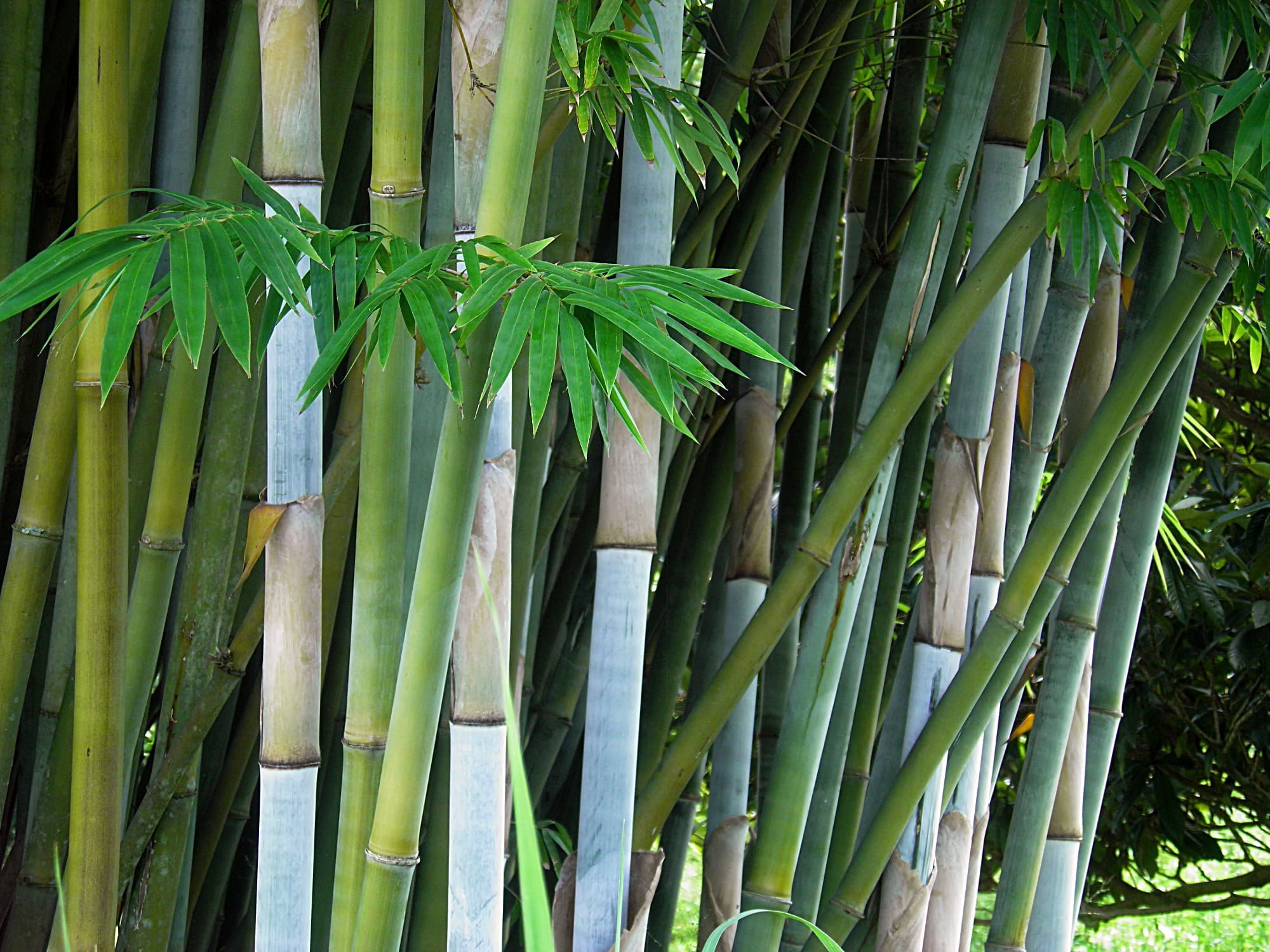
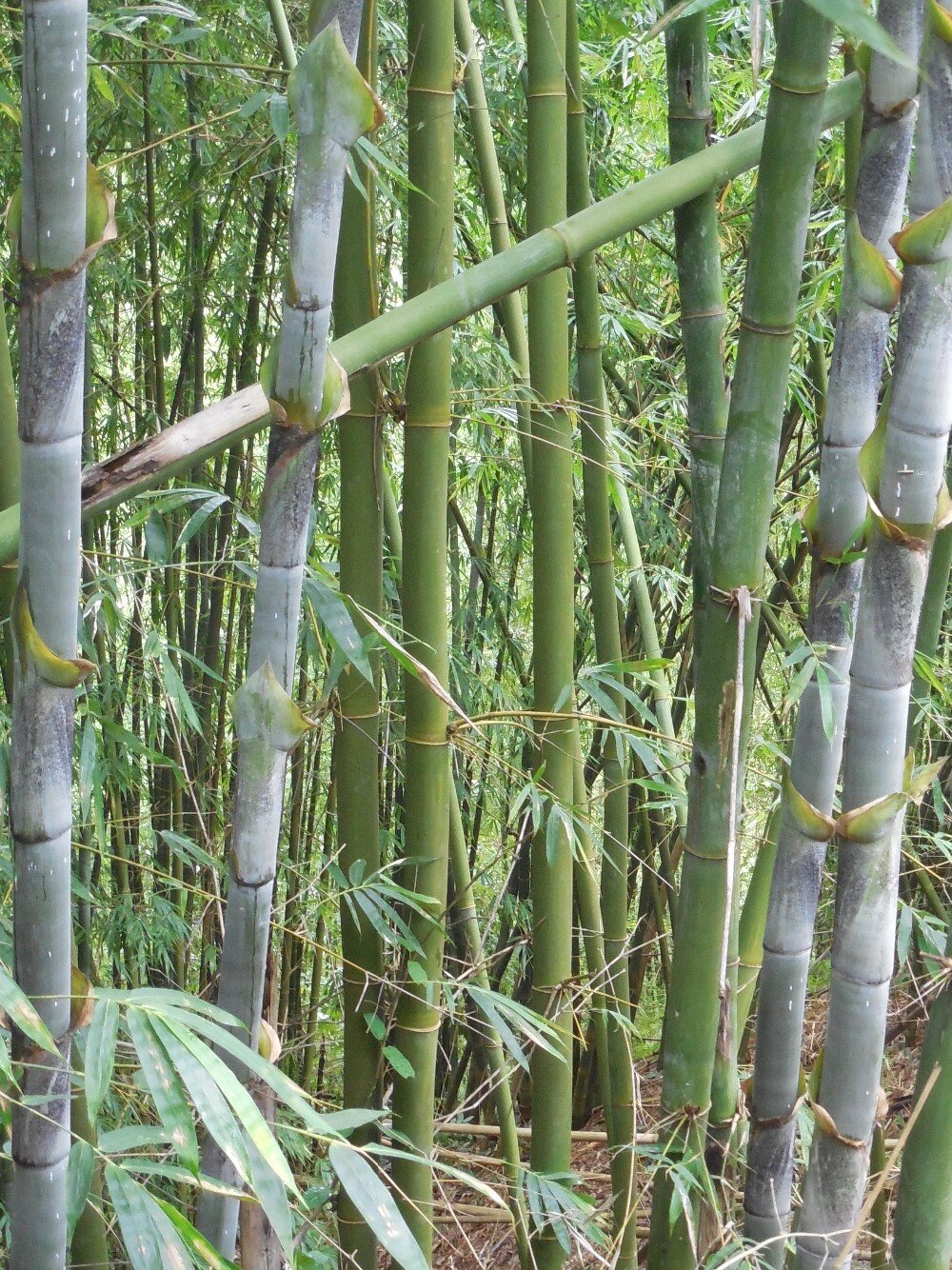







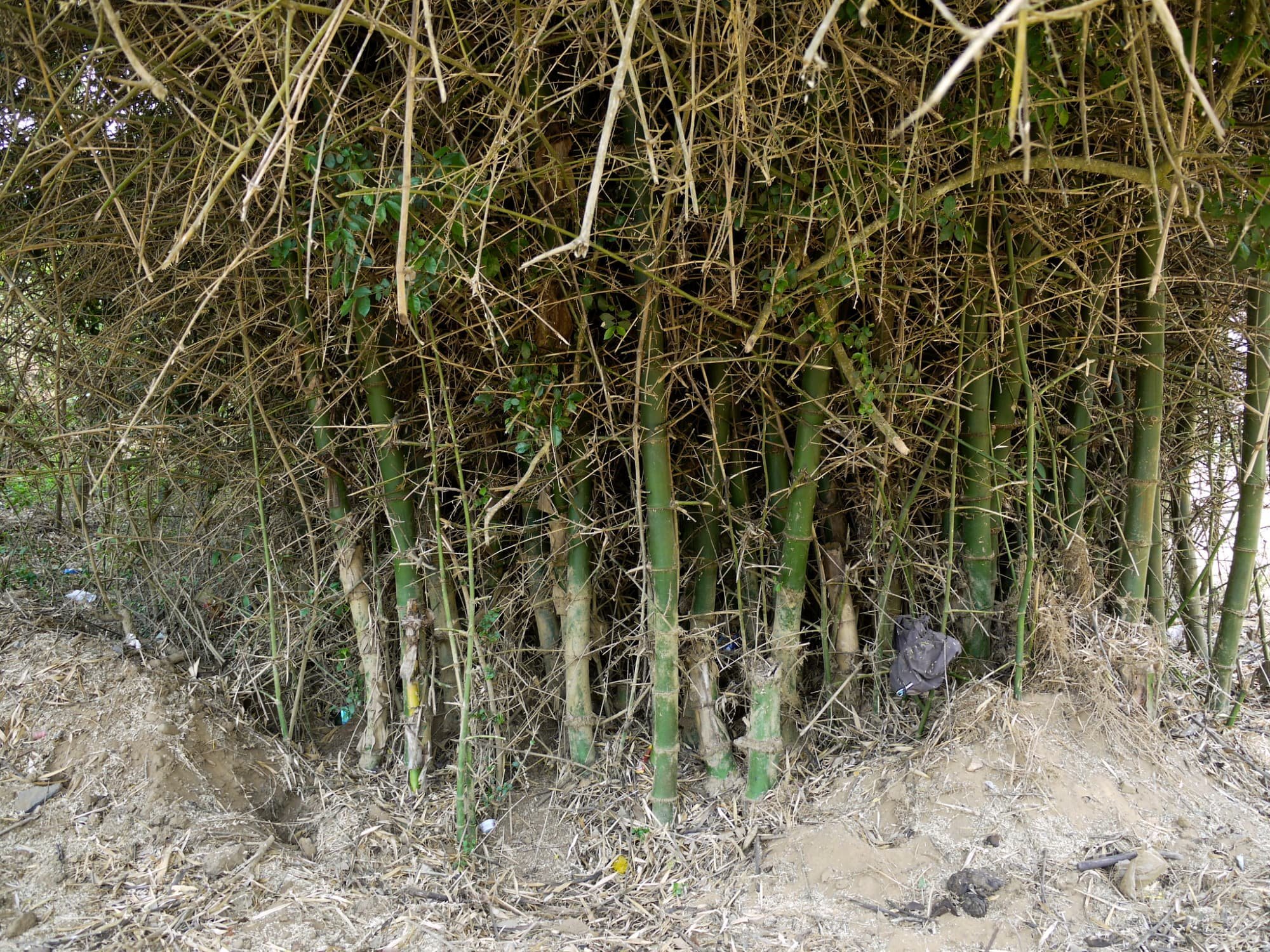
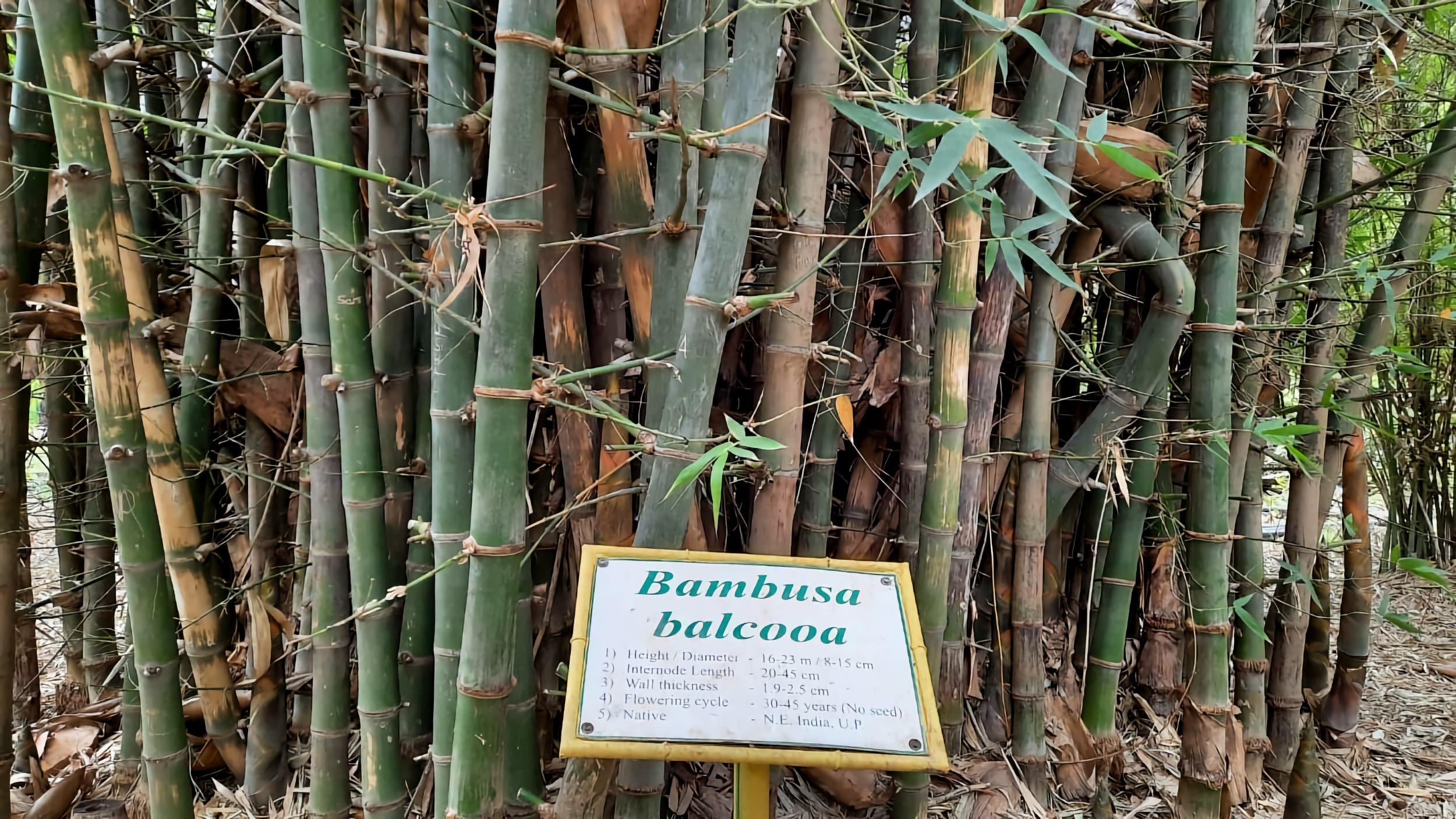
Date planted: 2 March 2022
Growth update:
Adopted by: